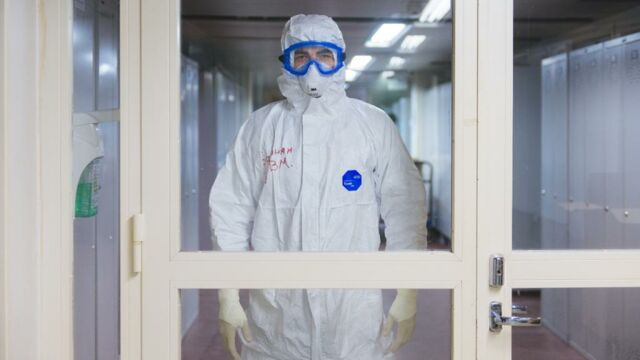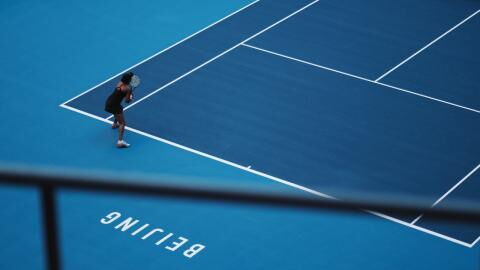To counteract the epidemic, the Beijing Winter Olympics 2022 has implemented strict safeguards. During the games, China has created a zero-COVID bubble to safeguard residents and tourists alike. But is the bubble really working?
Discover our latest podcast
Zero-COVID bubble
China is dedicated to the success of its 'zero-COVID' initiative. There were 45 additional incidences just last Friday, but the information presently indicates that this is also dispersing.
Vincent Zhou, a figure skater from the United States, is the most recent athlete to test positive for COVID-19. The affected athletes are spending 7 days in isolation and the number of affected athletes are decreasing as informed by officials in the Beijing Winter Olympics.
Brian McCloskey, chairman of the Beijing 2022 medical expert panel said:
We are now seeing more people coming out of isolation than going into isolation. We know that people who had previous infections can be let out earlier because they are no longer infectious.
We like that, but it does not mean we are comfortable because we can never be comfortable with coronavirus.
Read more:
⋙ Beijing Winter Olympics: The 7 new sporting events introduced this year
⋙ Beijing Winter Olympics 2022: Record LGBTQIA+ participation observed in the games
⋙ Beijing Winter Olympics 2022: How the games are implementing a zero-COVID policy
Bubble sparks protest
On the surface, China appears to have done an outstanding job of limiting the pandemic. But, this invisible bubble during the Olympics has sparked protest from athletes.
Athletes in isolation have expressed major concerns about food, internet connections, and access to training equipment, all of which officials claim have been addressed immediately.
Team USA luger Chris Mazdze adds:
You get off the plane and the people handling your luggage, full PPE. Goggles, mask, gloves, boots, the whole nine yards. Now, it’s totally normal. Like it’s absolutely normal that you would have hundreds of people in PPE all around you.















